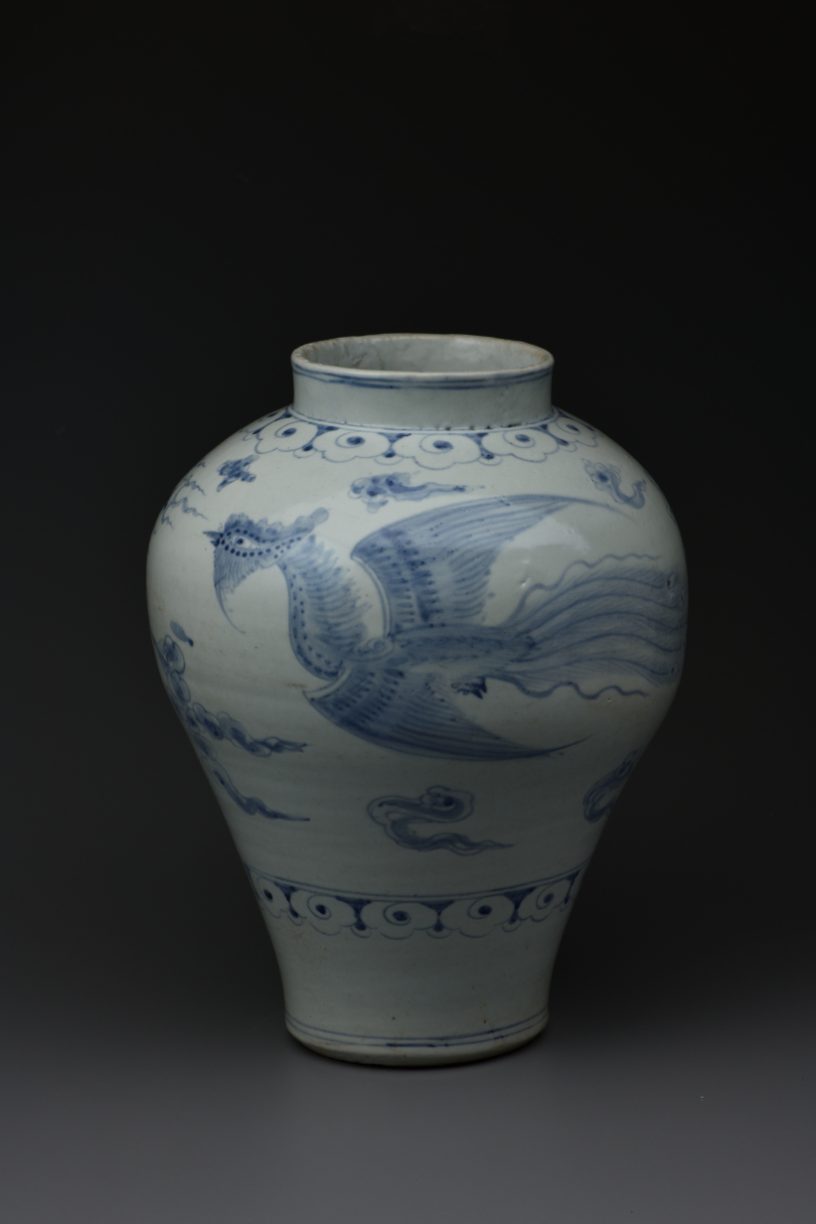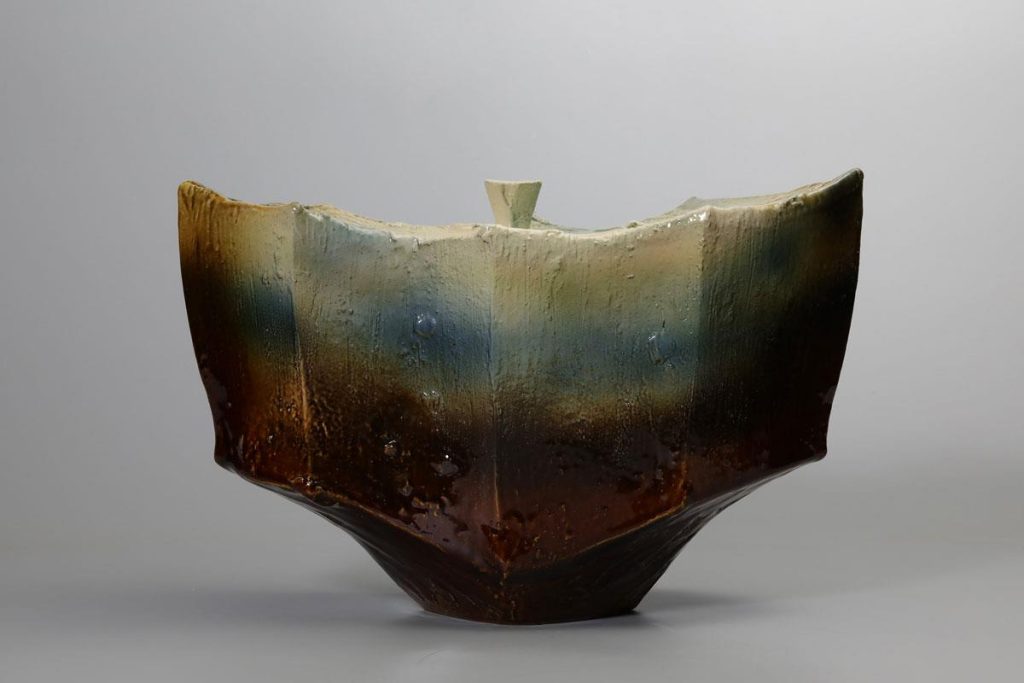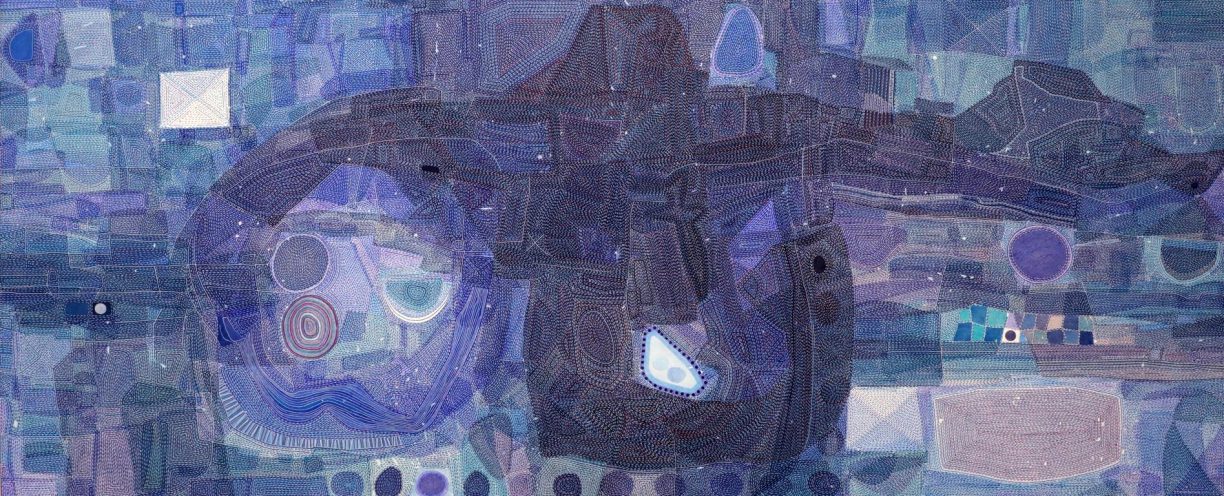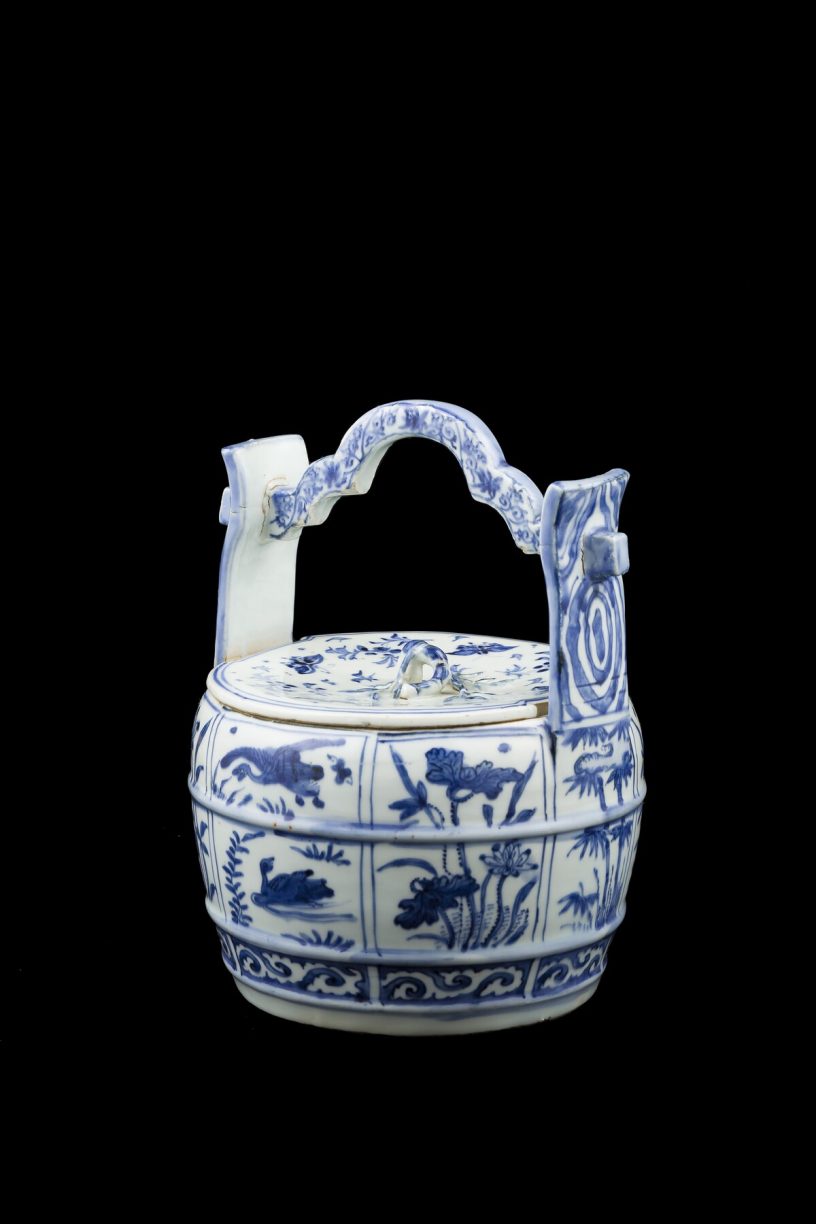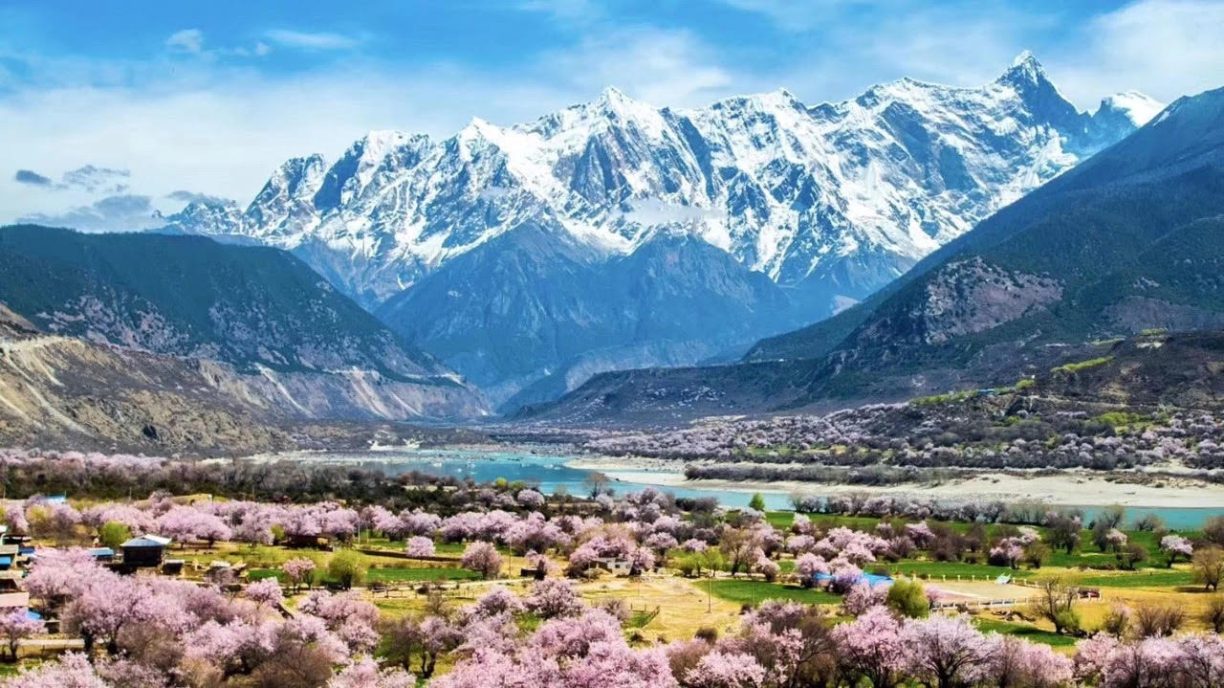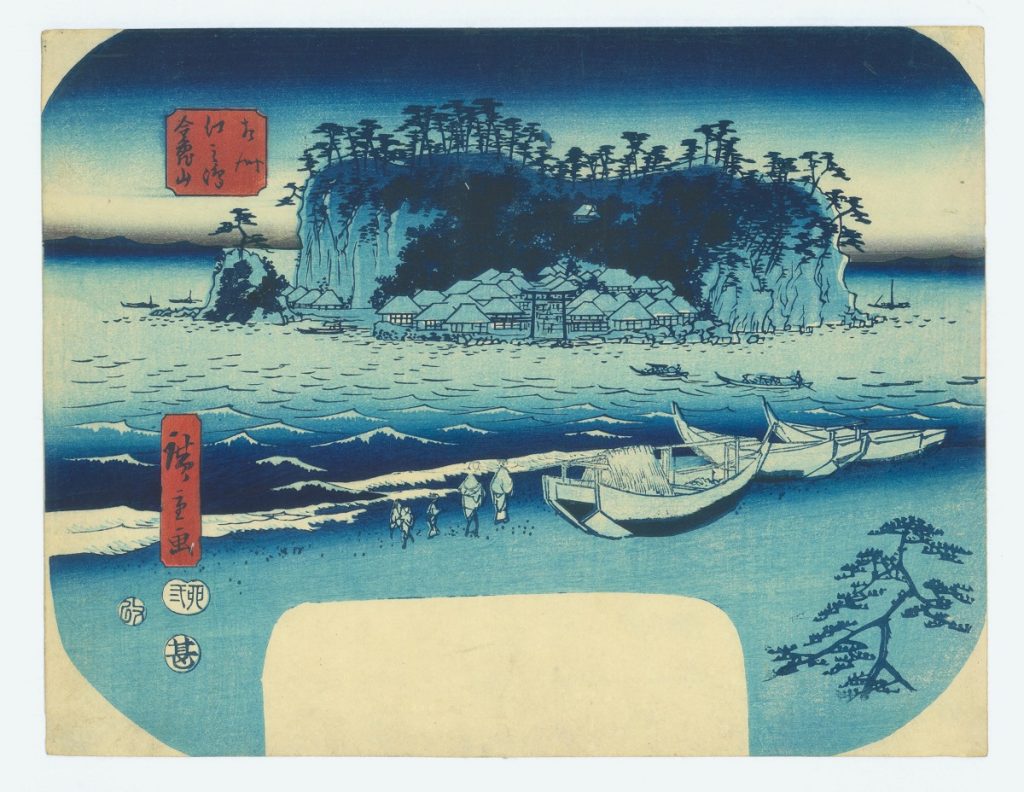Mizusashi (Fresh Water Jar) with Handle, Ko-sometsuke ware, Jingdezhen kilns, Jiangxi province, China, Ming dynasty, 17th century, Porcelain decorated with underglaze cobalt blue, D 20.3 x H 26.4 cm, Courtesy of Koichi Yanagi Oriental Fine Arts
First produced by the Egyptians over 6,000 years ago, blue pigment has been a prized component in some of the greatest works of art in world culture and Asia ranks high among them. A distinguished panel of specialists and curators in Asian art will present perspectives on the development and impact of cobalt blue, indigo and dayflower in their specific fields of Chinese and Japanese art.
Says Dessa Goddard, Chairman of Asia Week New York and discussion moderator: “Asia Week New York is delighted to host this lively presentation with some of the world’s top authorities on the history, composition, use and aesthetic appeal of the color blue in Asian art.”
To reserve a spot, for Thursday July 29, at 5:00 p.m. (EST) click here
Monika Bincsik is Diane and Arthur Abbey Associate Curator for Japanese Decorative Arts at The Metropolitan Museum of Art, New York. She has organized several exhibitions for the museum, notably Discovering Japanese Art: American Collectors and The Met (2015), Japanese Bamboo Art: The Abbey Collection (2017), and Kyoto: Capital of Artistic Imagination (2019). She has published numerous articles on Japanese decorative arts and collecting history and was co-author and co-curator of The Tale of Genji: A Japanese Classic Illuminated (2019).
Steven Chait is the President of Ralph M. Chait Galleries, Inc. in New York City. The gallery, founded by their namesake and Steven’s grandfather, Ralph M. Chait in 1910, is the oldest specialist dealing in fine antique Chinese porcelains and works of art in the United States. Over its remarkable long history, the gallery has worked with and sold to museums and private collectors throughout the world.
Joe V. Earle was Vice-President and Director of Japan Society Gallery in New York from 2007 to 2012 and has held leadership positions in Asian art departments at the Victoria and Albert Museum, London, and the Museum of Fine Arts, Boston. Now based in London, he works as Senior Consultant for Bonhams in the U.S. and UK and advises collectors and dealers on three continents. He has also resumed his former career as an author of Japanese art catalogues, with ten titles published over the last six years.
Denise Patry Leidy who received a doctorate from Columbia, is currently the department head, and Ruth and Bruce Dayton Curator of Asian Art, at the Yale University Art Gallery. She has also served as a curator in the Museum of Fine Arts, Boston and the Asia Society, as well as in The Metropolitan Museum of Art where she was the Brooke Russell Astor Curator of Chinese Art (emerita). Leidy, who is an active lecturer, has also curated numerous exhibitions including Ceremonial Dress of Southwest China, Japan’s Global Baroque, Global by Design: Chinese Ceramics from the R. Albuquerque Collection, Silla: Korea’s Golden Kingdom, The World of Khubilai Khan: Chinese Art in the Yuan Dynasty, Mother-of-Pearl: A Tradition in Asian Lacquer, and Defining Yongle: Imperial Art in Fifteenth Century China. Her publications include How to Read Chinese Ceramics, The Art of Buddhism: An Introduction to Its History and Meaning, Wisdom Embodied: Chinese Buddhist and Daoist Sculpture in the Metropolitan Museum of Art, Mandala: The Sacred Architecture of Enlightenment, and the forthcoming Celadon on the Seas.
Veronica Miller has been a specialist in 18th-20th c. Japanese prints since she began training with Herbert Egenolf in Düsseldorf, Germany in 1992, following a brief career in marine biology. She has been the owner of Egenolf Gallery Japanese Prints (member of the IFPDA and Ukiyo-e Dealers Association of Japan) since 2002. Museum clients have included the Rijksmuseum Amsterdam, the Art Institute of Chicago, the Portland Art Museum, and the Fine Arts Museums of San Francisco, to name a few. A specialist in the art of Kawase Hasui (1883-1957), she has been the main source of René and Carolyn Balcer’s near-complete collection of Hasui, which now resides at the Virginia Museum of Fine Arts. She lives with her husband, David Mota, in California.


